Home>Articles>How Long Is Cooked Rice Good For In The Refrigerator
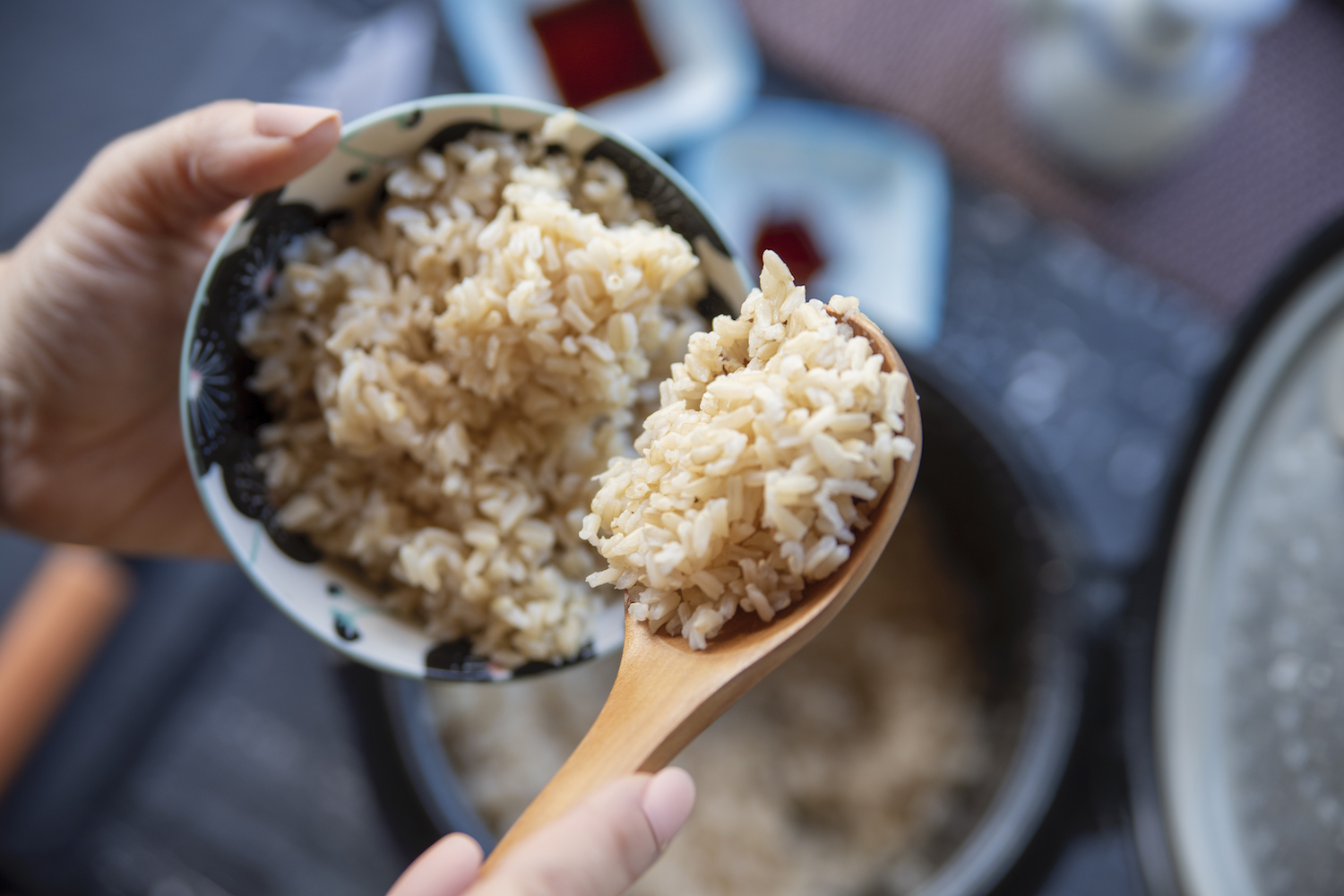

Articles
How Long Is Cooked Rice Good For In The Refrigerator
Modified: August 27, 2024
Discover how long cooked rice stays fresh in the fridge and learn more helpful articles on food storage, shelf life, and tips for maintaining freshness.
(Many of the links in this article redirect to a specific reviewed product. Your purchase of these products through affiliate links helps to generate commission for Storables.com, at no extra cost. Learn more)
Introduction
Cooked rice is a staple food in many cultures around the world. It is versatile, easy to prepare, and pairs well with a variety of dishes. However, it is not uncommon to have leftovers after a meal. So, how long can you keep cooked rice in the refrigerator? Understanding the factors that affect the shelf life of cooked rice and proper storage techniques are crucial in ensuring its safety and quality.
Cooked rice is highly perishable due to its high moisture content and nutrient-rich composition. If not stored properly, it can become a breeding ground for bacteria, leading to foodborne illnesses. Therefore, it is essential to take necessary precautions to prevent spoilage and extend its shelf life.
Factors such as temperature, moisture, and contamination play a significant role in the deterioration of cooked rice. Bacteria, including Bacillus cereus, can multiply in cooked rice if left at room temperature for an extended period. These bacteria can produce toxins that can cause food poisoning when consumed.
Proper storage of cooked rice is crucial in maintaining its freshness and safety. It is recommended to transfer the cooked rice into shallow, airtight containers to allow it to cool quickly and minimize moisture accumulation. Storing it in smaller portions also makes it easier to reheat and reduces the risk of cross-contamination.
Furthermore, refrigeration is essential in preserving the quality of cooked rice. The cold temperature slows down bacterial growth, inhibiting spoilage. When storing cooked rice in the refrigerator, make sure to place it in the coldest part, usually the back of the fridge, to maintain a consistent temperature.
Now that we have a basic understanding of the factors affecting the shelf life of cooked rice and the importance of proper storage, let’s dive into the specifics. How long can cooked rice be stored in the refrigerator before it goes bad? The answer depends on various factors, including the type of rice, storage conditions, and how it was cooked.
In the next section, we will explore the recommended storage duration for cooked rice in the refrigerator and discuss the signs of spoiled rice. Additionally, we will provide tips on maximizing the shelf life of cooked rice. By following these guidelines, you can minimize waste, save money, and most importantly, ensure the safety of your meals. So, let’s continue our journey into the world of cooked rice storage.
Key Takeaways:
- Proper storage of cooked rice is crucial to prevent bacterial growth and foodborne illnesses. Follow guidelines for cooling, portioning, refrigerating, and reheating to ensure safety and freshness.
- Pay attention to signs of spoiled cooked rice, such as foul odor, mold growth, sliminess, and off taste. Maximize shelf life by using airtight containers, proper refrigeration, and safe reheating practices.
Read more: How Long Is Rice Good In The Rice Cooker
Factors Affecting the Shelf Life of Cooked Rice
Several factors contribute to the shelf life of cooked rice. Understanding these factors will help you make informed decisions about storing and consuming your leftovers. Here are the key factors that affect the shelf life of cooked rice:
1. Temperature: Temperature plays a crucial role in determining how long cooked rice can safely be stored. Bacteria thrive in temperatures between 40°F (4°C) and 140°F (60°C). To prevent bacterial growth, it is important to cool cooked rice quickly and store it at a temperature below 40°F (4°C). Keeping it in the refrigerator at a consistent low temperature helps to inhibit bacterial growth and extend the shelf life.
2. Moisture: Cooked rice has a high moisture content, making it an ideal environment for bacterial growth. Moisture can cause the rice to spoil more quickly, so it is crucial to minimize moisture content and prevent excess condensation. Storing cooked rice in properly sealed containers helps to maintain its moisture levels and prevent contamination from other foods in the refrigerator.
3. Type of Rice: Different types of rice have different shelf lives. White rice, which has had the bran and germ removed, typically has a longer shelf life than brown rice. This is because the bran and germ in brown rice contain oils that can spoil more quickly. Generally, white rice can be stored for around 4-6 days in the refrigerator, while brown rice should be consumed within 3-4 days.
4. Cooking Method: The way rice is cooked can also affect its shelf life. Cooked rice that has been properly cooked and stored under hygienic conditions has a longer shelf life compared to rice that is not cooked properly or has been contaminated during cooking. It is important to ensure that rice is cooked thoroughly, reaching a safe internal temperature of 165°F (74°C), to kill any bacteria that may be present.
5. Cross-Contamination: Cross-contamination can occur when cooked rice comes into contact with other foods that may harbor bacteria. It is essential to store cooked rice separately from raw meats, vegetables, or other perishable items in the refrigerator to prevent cross-contamination. This can help preserve the freshness and quality of the cooked rice.
By considering these factors and taking appropriate measures, you can extend the shelf life of cooked rice and reduce waste. Proper storage techniques, such as using airtight containers, keeping the rice in the coldest part of the refrigerator, and consuming it within the recommended time frame, will help maintain its quality and safety.
Now that we understand the factors that affect the shelf life of cooked rice, let’s move on to learn about the proper storage techniques to ensure its longevity in the refrigerator.
Proper Storage of Cooked Rice
To ensure the freshness and safety of cooked rice, it is crucial to store it properly. Proper storage techniques can help prevent bacterial growth, maintain the quality of the rice, and extend its shelf life. Here are some guidelines for storing cooked rice:
1. Cool the Rice: Allow the cooked rice to cool down before storing it in the refrigerator. It is recommended to let it cool to room temperature within 1 hour to minimize bacterial growth. Placing hot rice directly into the refrigerator can create condensation and promote the growth of bacteria.
2. Divide into Portions: Divide the cooked rice into smaller portions before storing. This allows for faster cooling and convenient reheating. It is also recommended to place the rice in shallow, airtight containers, leaving some space for expansion. Alternatively, you can use resealable plastic bags, removing as much air as possible before sealing.
3. Refrigerate Promptly: Once the rice has cooled down, place it in the refrigerator as soon as possible. The cold temperature of the refrigerator inhibits bacterial growth and helps maintain the quality of the rice. Store the rice in the coldest part of the refrigerator, usually the back or bottom shelf, to ensure a consistent temperature.
4. Label and Date: Proper labeling is essential for keeping track of the storage time. Use labels or markers to indicate the date of storage on the containers or bags. This will help you easily identify the storage duration and avoid consuming rice that has exceeded the recommended time frame.
5. Avoid Contamination: Store cooked rice separate from raw meats, poultry, seafood, or other potentially contaminated foods. Cross-contamination can lead to the growth of harmful bacteria. Use separate containers or zip-lock bags to prevent any contact between the rice and other items in the refrigerator.
6. Use Within a Safe Time Frame: Cooked rice should be consumed within a certain period to ensure its quality and safety. It is generally recommended to use cooked rice within 4-6 days when stored properly in the refrigerator. Beyond this time frame, the quality and taste may deteriorate, and there may be an increased risk of bacterial contamination.
7. Reheating: When reheating cooked rice, make sure it reaches a temperature of at least 165°F (74°C) to kill any bacteria that may have grown during storage. It is advisable to reheat only the portion you plan to consume and avoid reheating the same batch multiple times.
By following these guidelines, you can ensure that your cooked rice remains fresh, safe, and of high quality for a longer period. Proper storage techniques not only prevent spoilage but also reduce the risk of foodborne illnesses associated with bacterial growth.
Now that we know how to store cooked rice properly, let’s explore the recommended storage duration in the refrigerator and signs of spoiled cooked rice in the next sections.
How Long Can Cooked Rice Be Stored in the Refrigerator?
Cooked rice can be stored in the refrigerator for a certain period before it becomes unsafe to consume. The recommended storage duration for cooked rice depends on various factors, including the type of rice, storage conditions, and how it was cooked. Here are some general guidelines to follow:
1. White Rice: Cooked white rice typically has a longer shelf life compared to brown or wild rice. It can be safely stored in the refrigerator for about 4-6 days. However, it is important to note that the quality and taste of the rice may start to decline after a few days.
2. Brown and Wild Rice: Brown and wild rice have a higher oil content due to the presence of the bran and germ, which makes them more prone to spoilage. It is best to consume cooked brown or wild rice within 3-4 days when stored in the refrigerator.
It is important to keep in mind that these time frames are general guidelines, and factors such as the storage temperature, moisture content, and initial quality of the rice can affect its overall shelf life. Additionally, it is crucial to properly store the cooked rice in airtight containers and maintain a consistent temperature in the refrigerator to minimize bacterial growth.
If you are unsure about the freshness of the rice, it is recommended to use your senses to evaluate it. Look for any signs of mold, unusual color changes, or off odors. If the rice appears slimy, has a sour smell, or tastes off, it is best to discard it to avoid the risk of foodborne illnesses.
Remember that these guidelines only apply to cooked rice stored in the refrigerator. If you plan to store rice for a longer period, it is safer to freeze it. Cooked rice can be stored in the freezer for up to 6 months, provided it is properly sealed in airtight containers or freezer bags.
To maximize the shelf life of cooked rice, it is always recommended to follow proper storage techniques, maintain cleanliness in the kitchen, and consume the rice within the recommended time frame. By doing so, you can ensure the safety and quality of your cooked rice.
In the next section, we will discuss some signs that indicate cooked rice has gone bad and should not be consumed. Understanding these signs will help you determine when it’s time to dispose of cooked rice to prevent any health risks.
Cooked rice can be stored in the refrigerator for up to 4-6 days. To ensure it stays fresh, store it in an airtight container and reheat thoroughly before consuming.
Signs of Spoiled Cooked Rice
It is important to be vigilant and mindful of the signs that indicate cooked rice has spoiled. Consuming spoiled rice can lead to foodborne illnesses, so it is crucial to know when it is no longer safe to eat. Here are some common signs of spoiled cooked rice:
1. Foul Odor: One of the most noticeable signs of spoiled cooked rice is a foul or unpleasant odor. If the rice emits a sour, moldy, or rancid smell, it is an indication that bacteria or mold may have started to grow. In such cases, it is best to discard the rice.
2. Mold Growth: Visual inspection is crucial in evaluating the quality of cooked rice. If you notice any mold growth on the rice, it is a clear indication that it has spoiled. Mold can cause illness and should not be consumed.
3. Sliminess: Spoiled cooked rice may develop a slimy texture. If the grains of rice appear sticky and clump together, it is a sign of bacterial growth. This sliminess is caused by the presence of bacteria, such as Bacillus cereus, which can produce toxins that cause food poisoning.
4. Unusual Color Changes: Discoloration of cooked rice is another sign of spoilage. If you notice any unusual color changes, such as yellow, green, or blue spots, it is an indication that the rice has deteriorated. Do not consume rice with discoloration.
5. Off Taste: When rice spoils, it can develop an off taste. If the cooked rice tastes sour, bitter, or generally unpleasant, it is best to assume that it has gone bad and should be discarded.
6. Texture Changes: Spoiled rice may undergo texture changes. If the rice becomes excessively dry, hard, or grainy, it may be an indication of spoilage. Texture changes can occur due to moisture loss or the growth of bacteria.
It is important to remember that cooked rice can spoil quickly, even when properly stored. Therefore, it is crucial to trust your senses and use these signs as guidelines to determine the freshness of cooked rice. If any of these signs are present, it is safest to discard the rice to prevent any potential health risks.
To maximize the shelf life and quality of cooked rice, it is essential to follow proper storage techniques, maintain cleanliness, and consume the rice within the recommended time frame. By doing so, you can enjoy safe and delicious cooked rice.
In the final section, we will provide some useful tips for extending the shelf life of cooked rice and ensuring its freshness for as long as possible.
Tips for Maximizing the Shelf Life of Cooked Rice
Proper storage and handling techniques are key to maximizing the shelf life of cooked rice and ensuring its quality and safety. Here are some useful tips to help you extend the freshness of cooked rice:
1. Store in Small Portions: Divide the cooked rice into smaller portions before storing. Storing rice in smaller containers or bags reduces the overall surface area exposed to air and helps prevent bacterial contamination. It also makes it easier to reheat only the amount you need, reducing waste.
2. Use Airtight Containers: Transfer the cooked rice into airtight containers or resealable bags to prevent moisture loss and protect it from other odors and flavors in the refrigerator. Airtight containers also help maintain the freshness and texture of the rice, significantly prolonging its shelf life.
3. Place in the Coldest Part of the Refrigerator: Store the cooked rice in the coldest part of the refrigerator, such as the back or bottom shelf, where the temperature remains consistently low. This helps inhibit bacterial growth and maintains the quality of the rice for a longer period.
4. Avoid Cross-Contamination: Keep cooked rice separate from raw meats, poultry, seafood, and other potentially contaminated foods in the refrigerator. This prevents the transfer of bacteria and helps maintain the safety and integrity of the rice.
5. Reheat Thoroughly: When reheating cooked rice, ensure that it reaches a temperature of at least 165°F (74°C) throughout to kill any bacteria that may have grown during storage. Use a food thermometer to check the internal temperature and ensure safe reheating.
6. Don’t Leave Rice at Room Temperature: Once cooked, do not leave rice at room temperature for an extended period. Bacteria can multiply rapidly between 40°F (4°C) and 140°F (60°C). Promptly store leftover cooked rice in the refrigerator within one hour of cooking to minimize bacterial growth.
7. Freeze for Extended Storage: If you have a large quantity of cooked rice that you won’t be able to consume within a few days, consider freezing it. Divide the rice into meal-sized portions, place them in freezer-safe containers or bags, and freeze promptly. Frozen cooked rice can be stored for up to 6 months, but it is best to consume it within 2-3 months for optimal quality.
8. Use Safe Ingredients: Cook rice using clean utensils and safe ingredients. Ensure that the cooking water and any additional ingredients, such as vegetables or seasonings, are fresh and free from contaminants.
By following these tips, you can prolong the shelf life of cooked rice and ensure that it remains safe and enjoyable to consume. Pay attention to any signs of spoilage and use your senses to evaluate the freshness of the rice before consuming it.
To conclude, proper storage, timely refrigeration, and safe reheating practices are essential for maximizing the shelf life of cooked rice. By applying these tips, you can minimize waste, save money, and enjoy delicious meals with freshly stored cooked rice.
Remember, it is always better to err on the side of caution and discard any cooked rice that shows signs of spoilage to prevent the risk of foodborne illnesses.
Conclusion
Proper storage of cooked rice is crucial to ensure its safety, freshness, and quality. From understanding the factors that affect the shelf life of cooked rice to implementing proper storage techniques, there are several steps you can take to extend the longevity of cooked rice in the refrigerator.
Factors such as temperature, moisture, contamination, and the type of rice play a significant role in determining how long cooked rice can be safely stored. By controlling these factors and implementing proper storage practices, you can minimize the risk of spoilage and foodborne illnesses.
Remember to cool the rice properly before refrigeration and transfer it into airtight containers or resealable bags to prevent moisture loss and cross-contamination. Store the rice in the coldest part of the refrigerator and consume it within the recommended time frame.
Signs of spoiled cooked rice include foul odor, mold growth, sliminess, unusual color changes, off taste, and texture changes. Trust your senses and discard any rice that shows these signs to avoid potential health risks.
To maximize the shelf life of cooked rice, consider dividing it into smaller portions, using airtight containers, placing it in the coldest part of the refrigerator, and avoiding cross-contamination. Proper reheating techniques and freezing can also help extend the storage duration of cooked rice.
By following these guidelines and tips, you can ensure that your cooked rice remains safe, fresh, and delicious for as long as possible. Minimize waste and save money by properly storing and consuming your leftovers within the recommended time frame.
Remember, when in doubt, it is better to err on the side of caution and dispose of any cooked rice that you suspect may be spoiled. Prioritizing food safety is essential for the well-being of yourself and your loved ones.
So, the next time you have leftover cooked rice, implement these storage techniques to maximize its shelf life and enjoy tasty meals without compromising safety or quality.
Frequently Asked Questions about How Long Is Cooked Rice Good For In The Refrigerator
Was this page helpful?
At Storables.com, we guarantee accurate and reliable information. Our content, validated by Expert Board Contributors, is crafted following stringent Editorial Policies. We're committed to providing you with well-researched, expert-backed insights for all your informational needs.

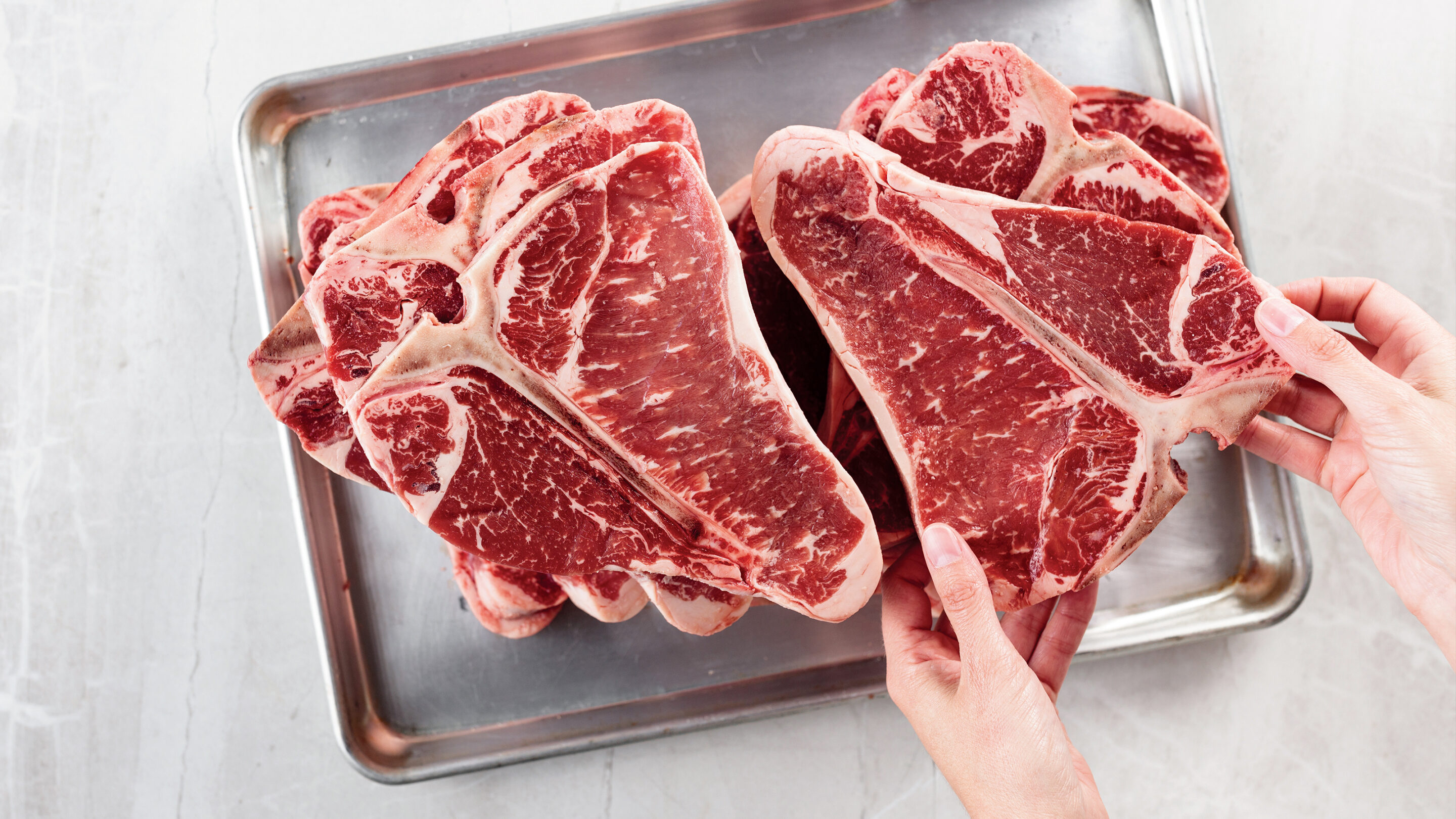
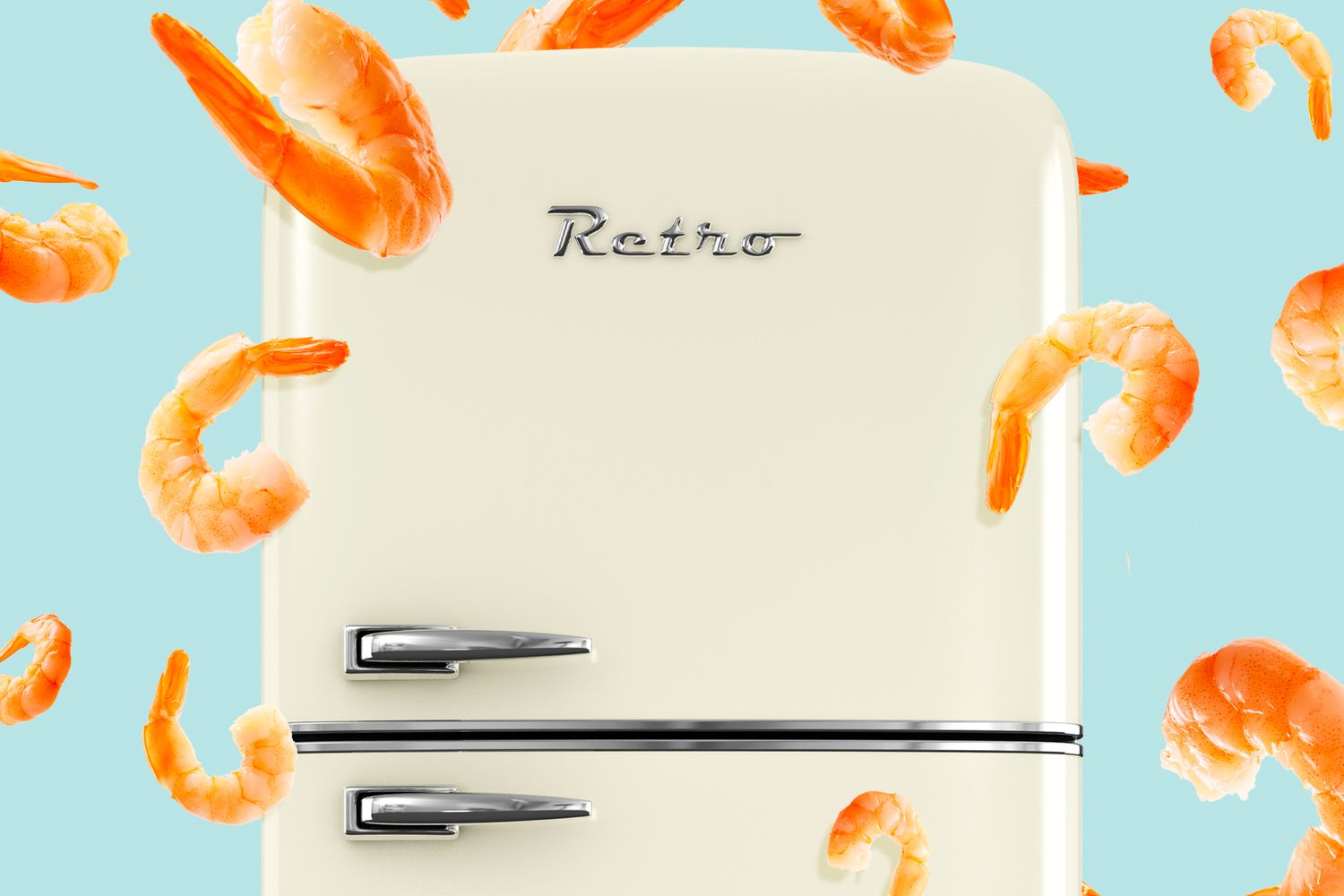
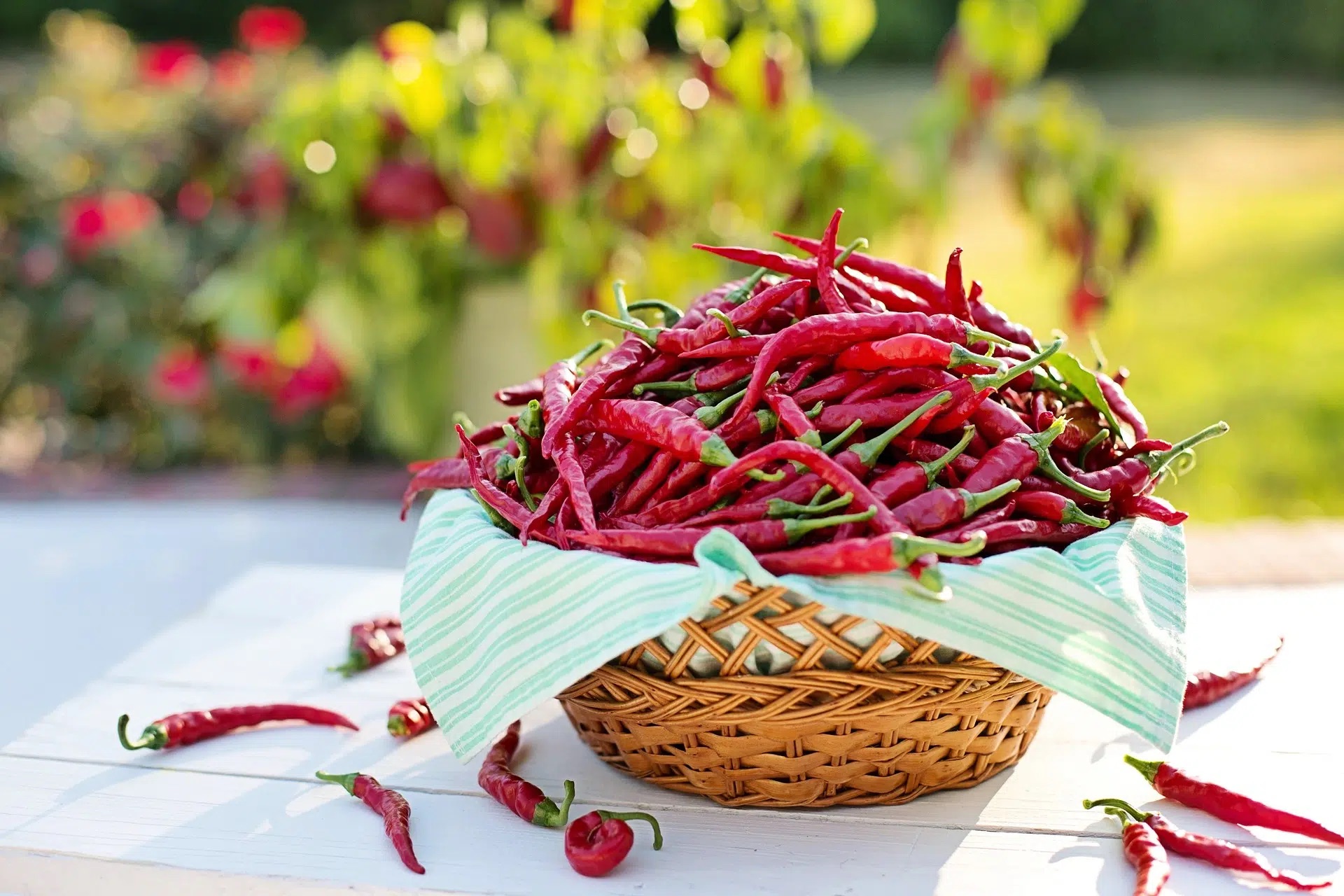
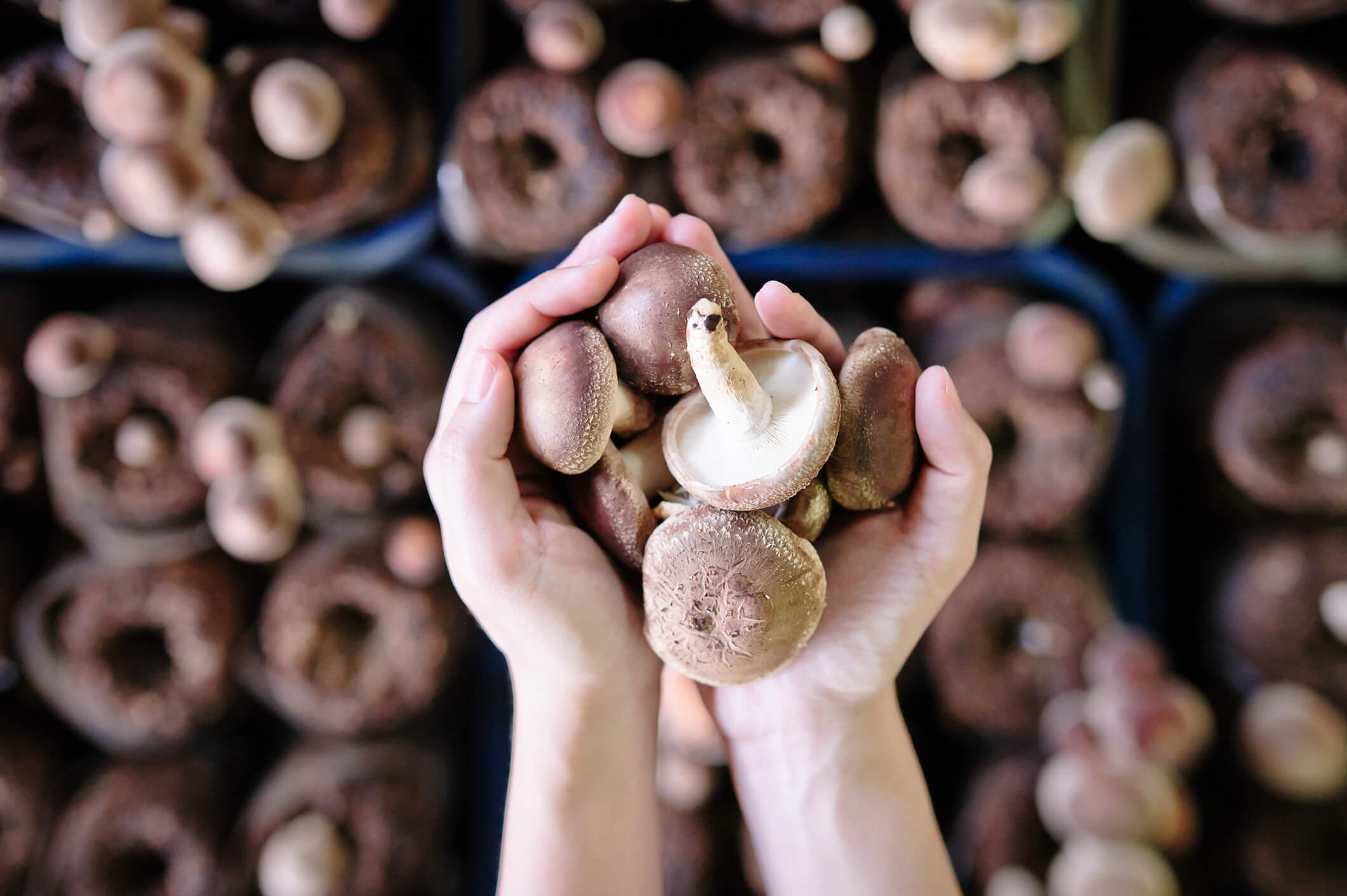
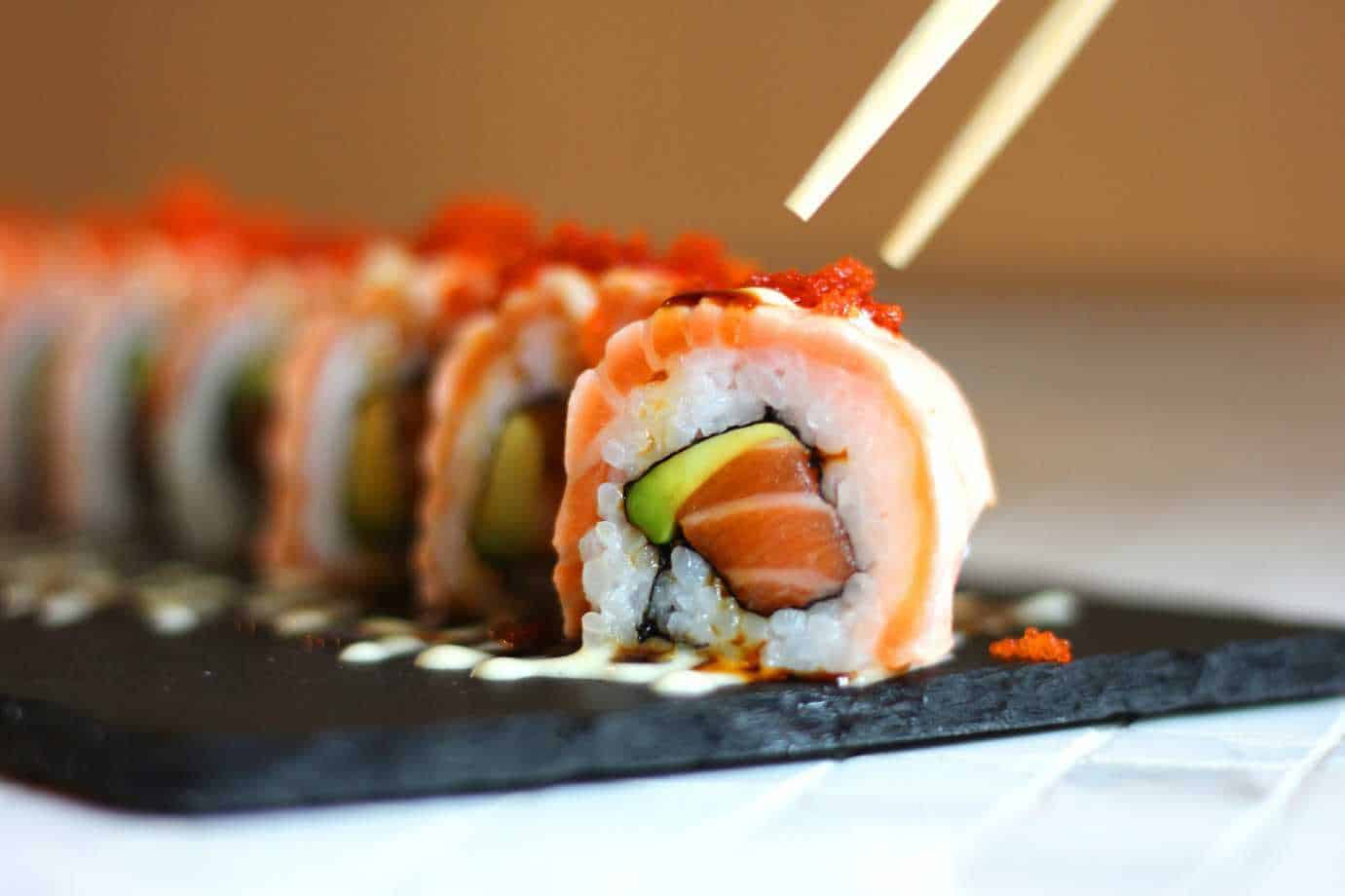
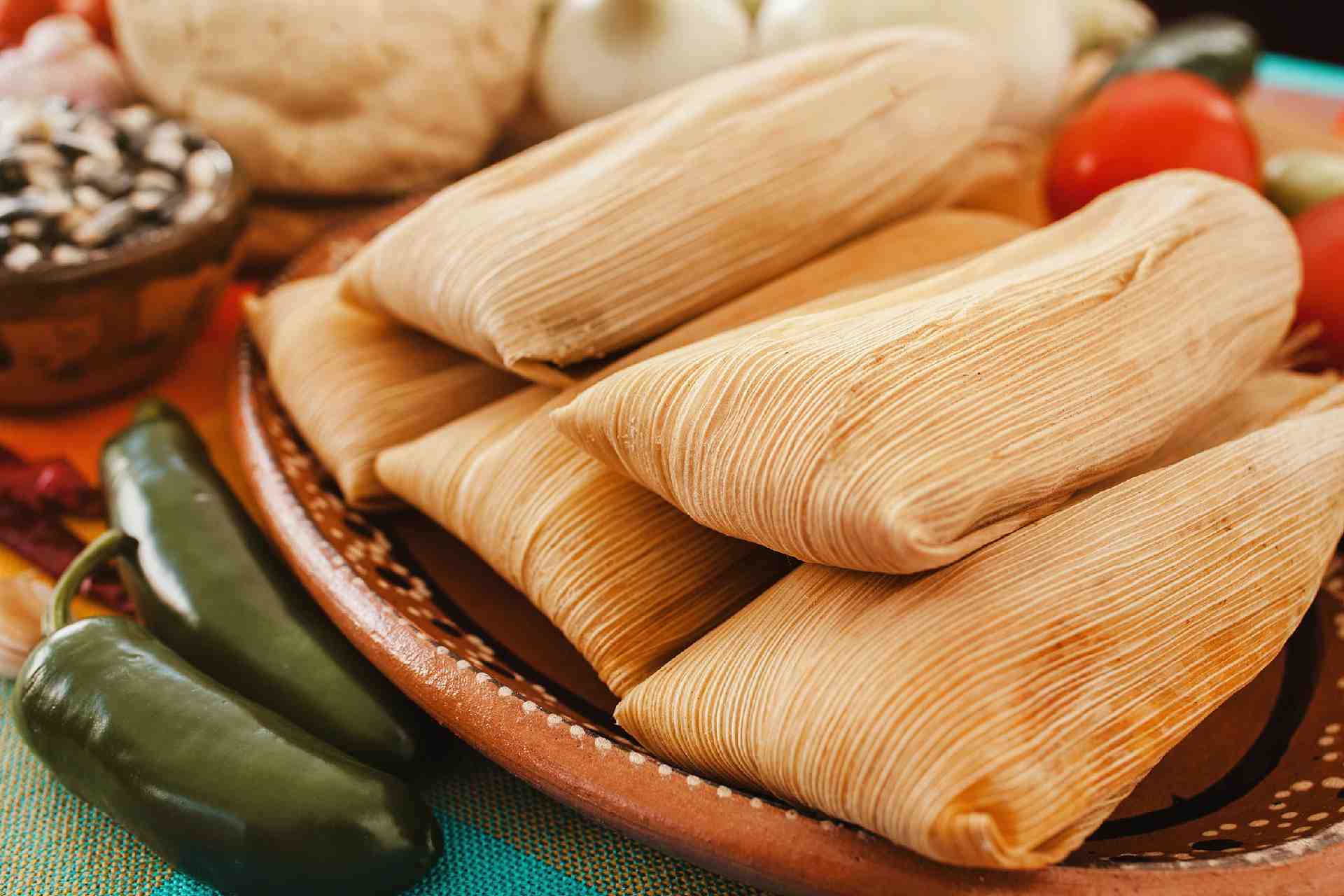
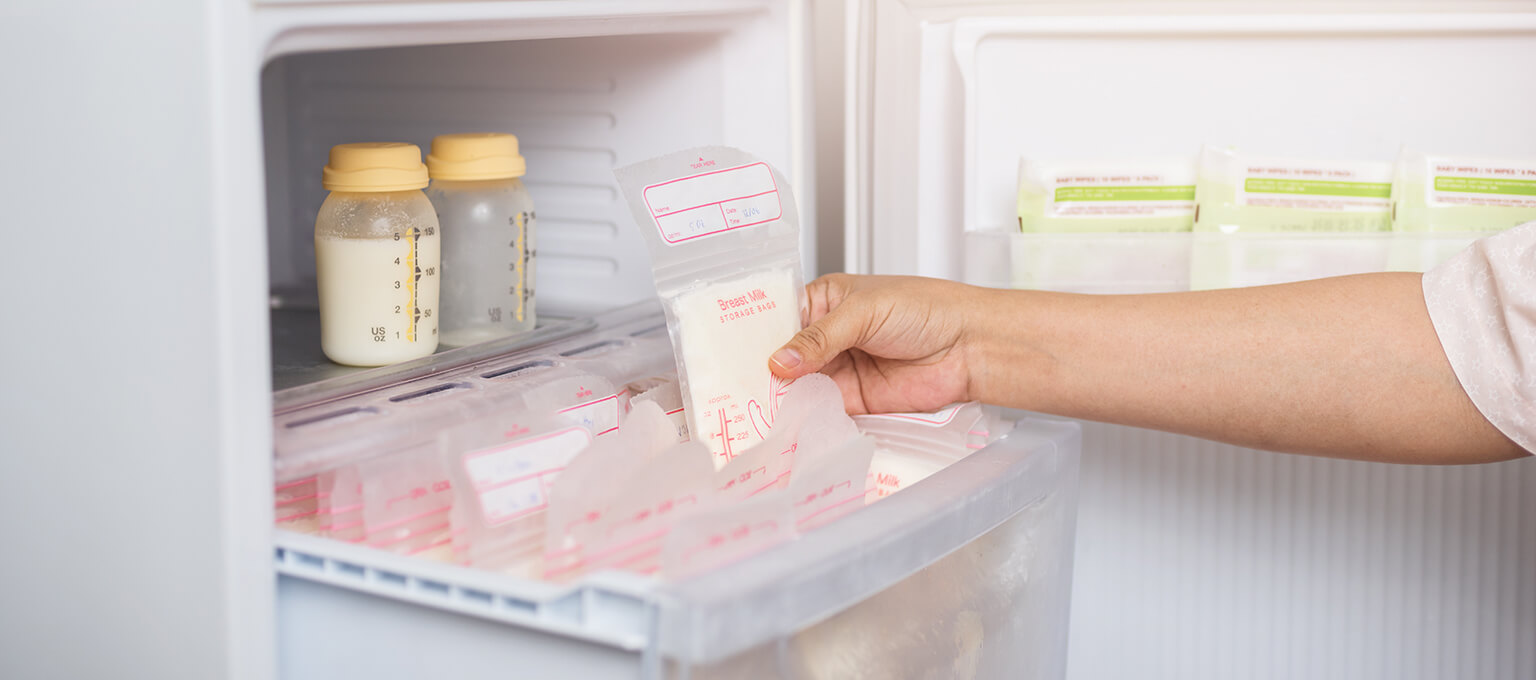
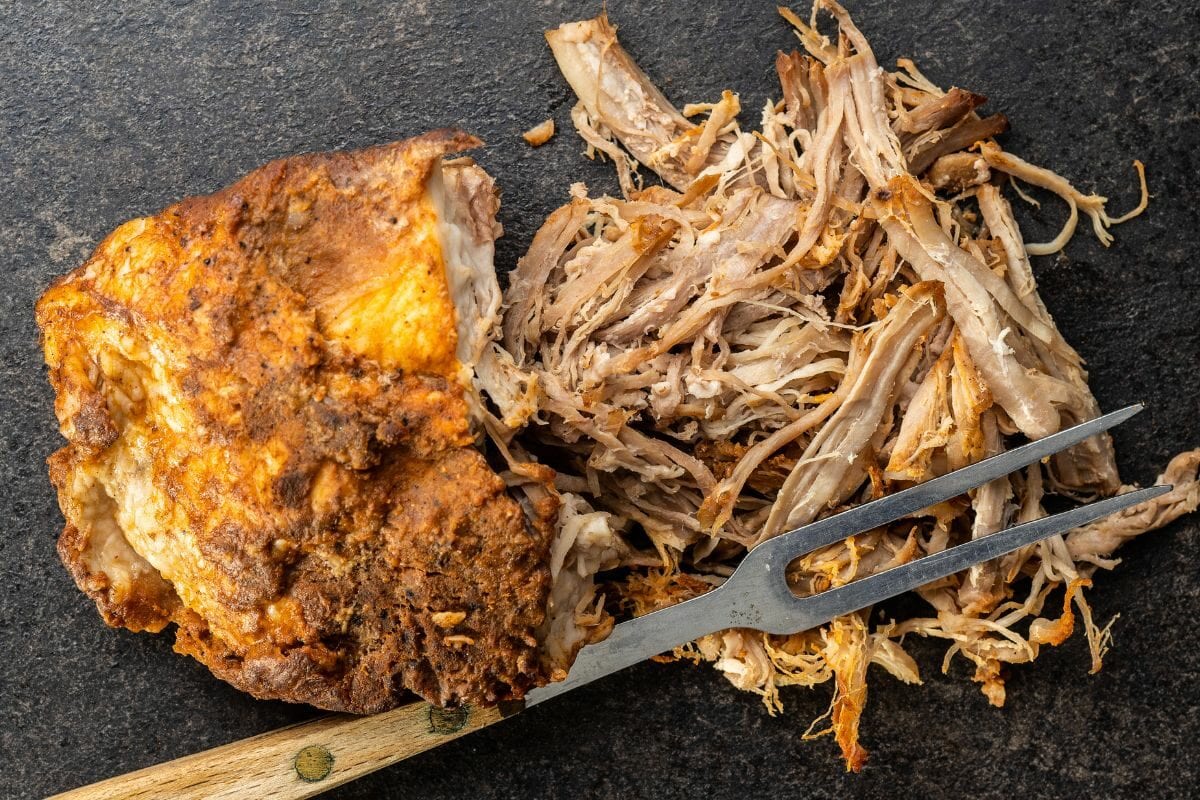
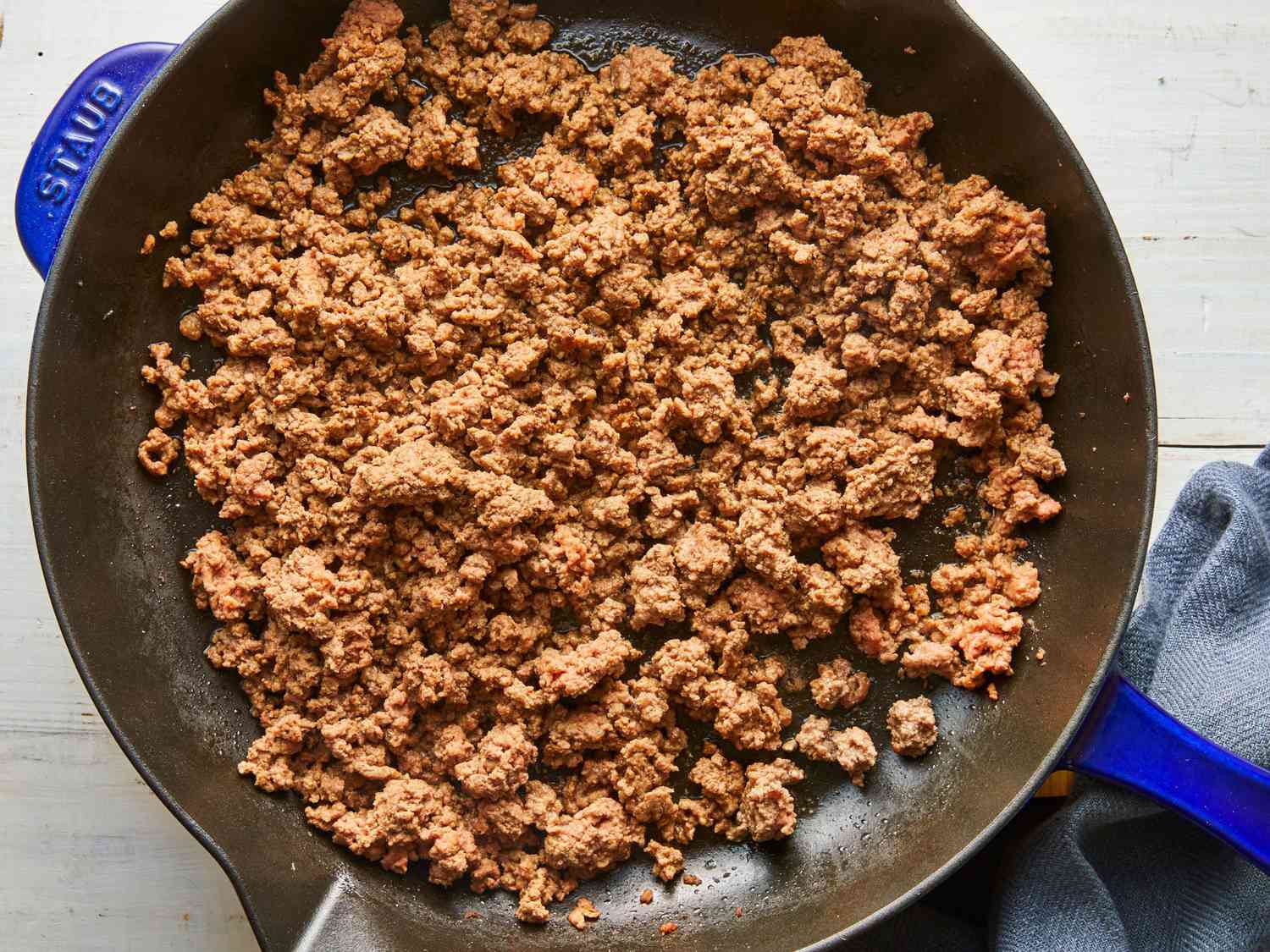
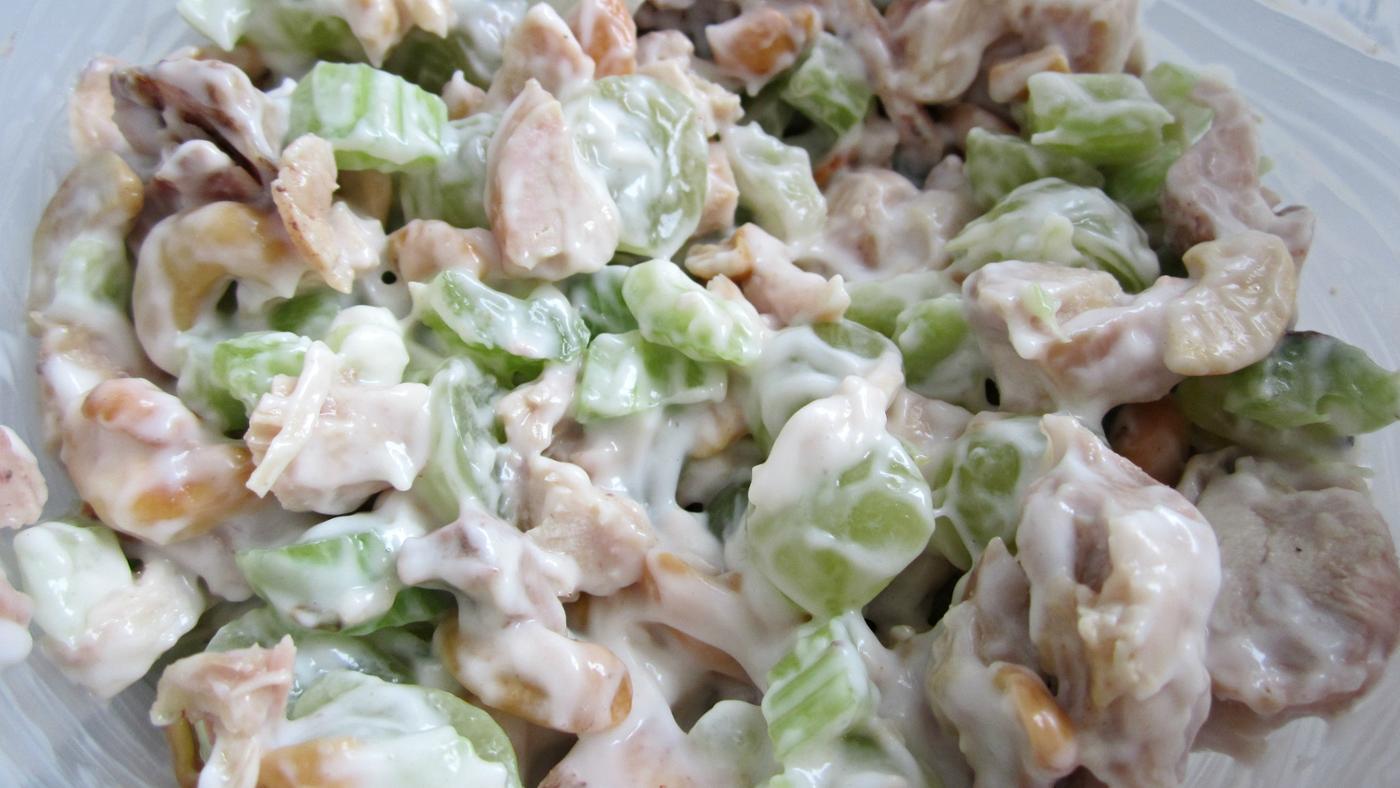
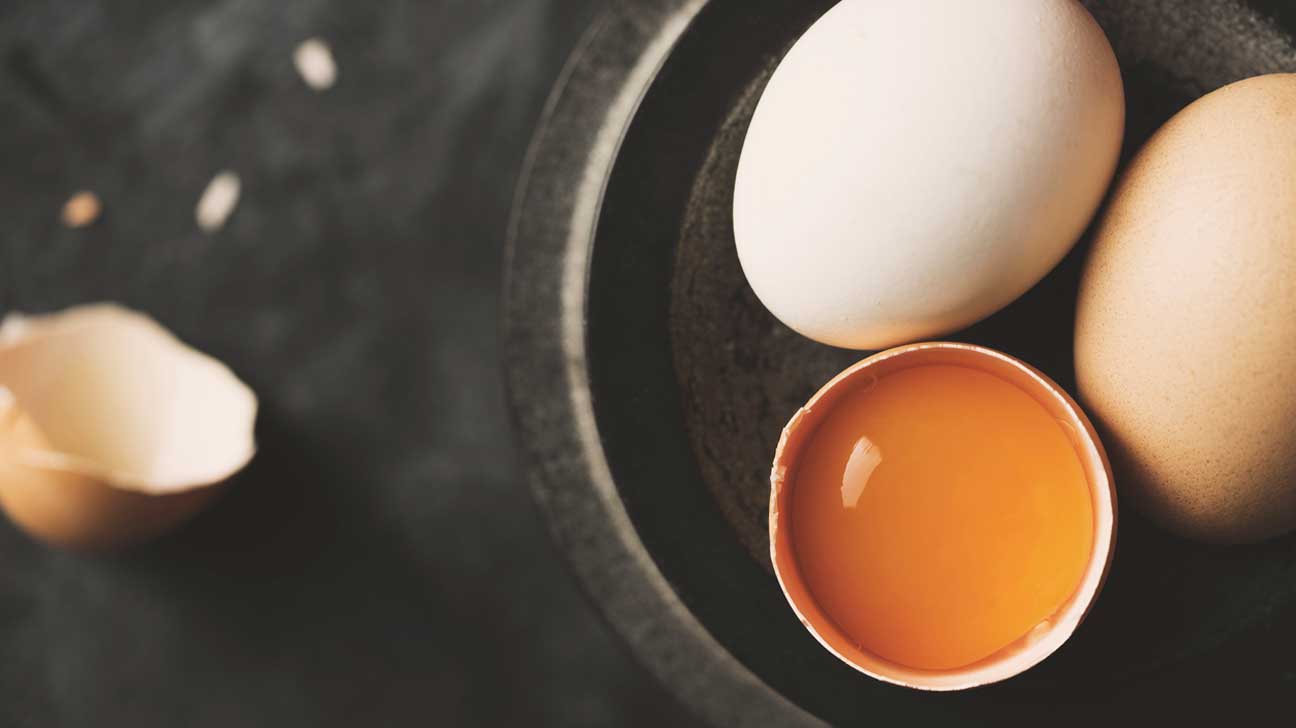
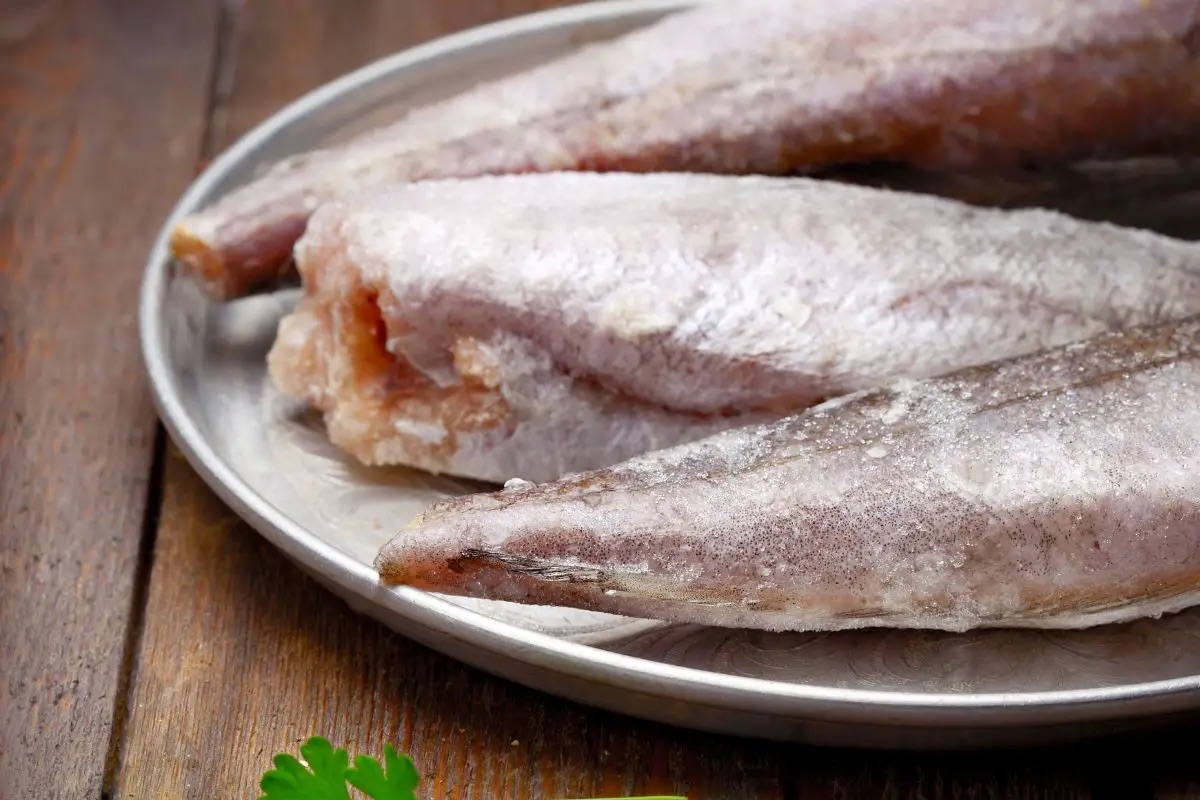


0 thoughts on “How Long Is Cooked Rice Good For In The Refrigerator”